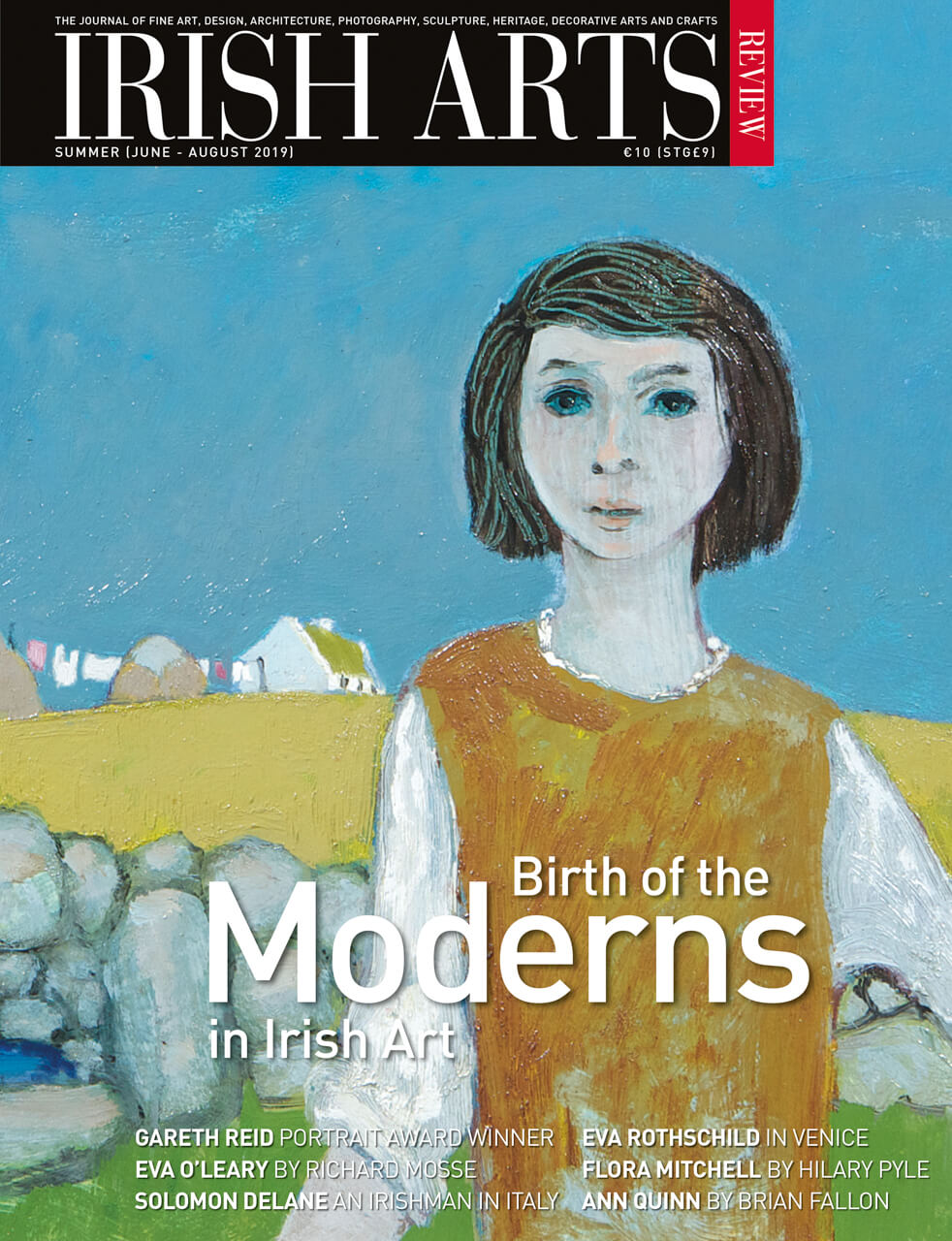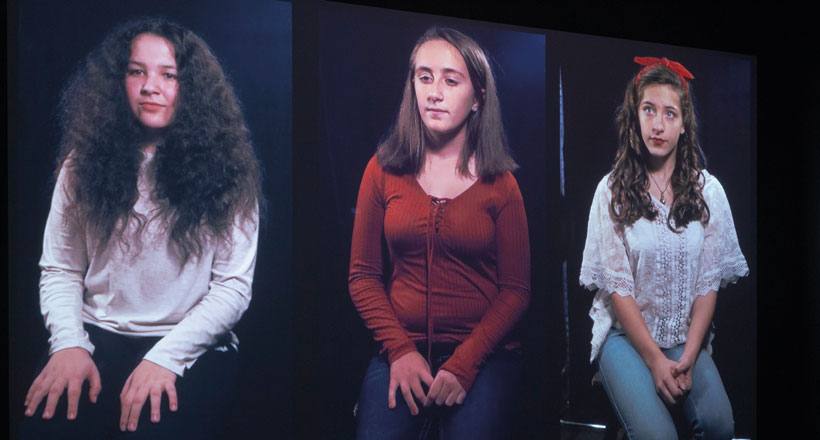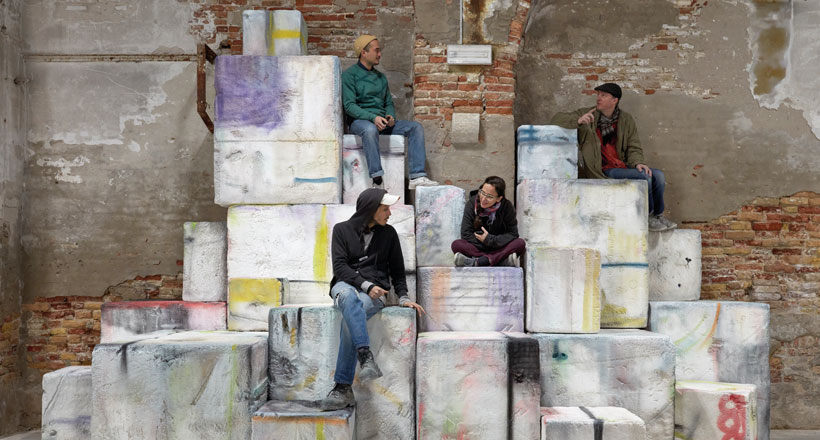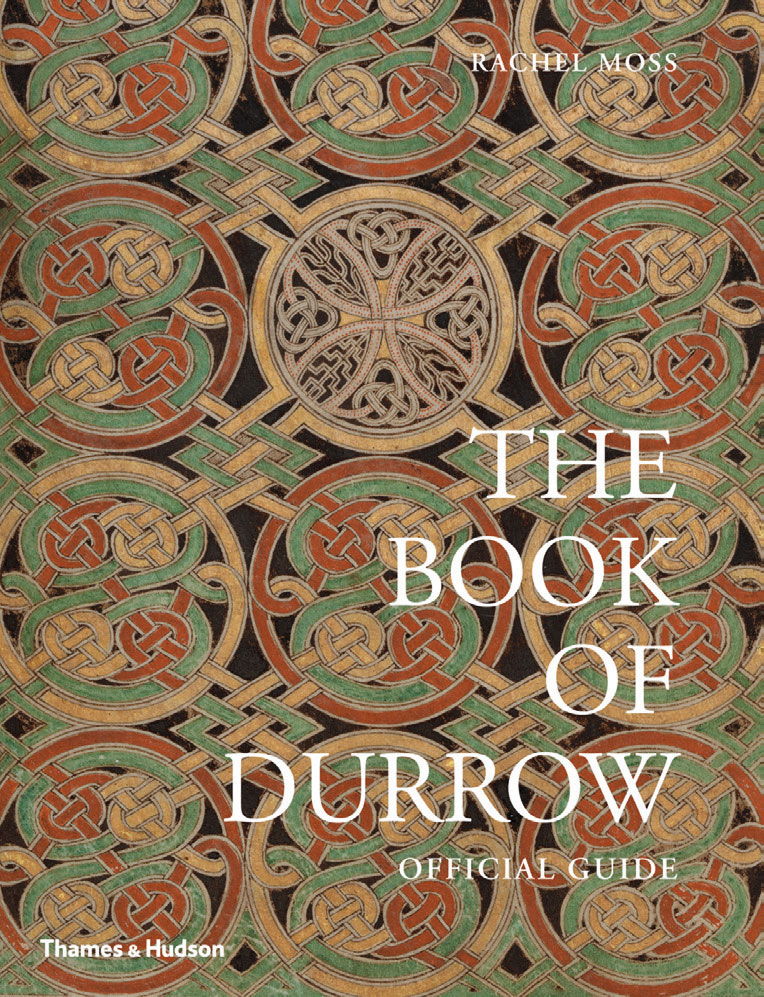
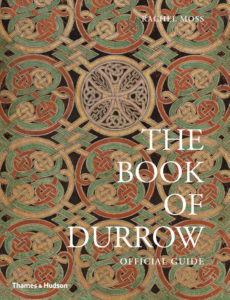 THE BOOK OF DURROW
THE BOOK OF DURROW
RACHEL MOSS
Thames & Hudson, 2018
pp 96 fully illustrated p/b
€19.95 ISBN: 978-0-500-29460-4
Peter Harbison
Trinity College Library was lucky in the 17th century to become the proud possessor of two of the most important early manuscripts in Ireland, the Books of Durrow and Kells. The former is something of a Cinderella, having to hide in the shadow of its more famous brother gospel book. The Book of Durrow, probably created in the late 7th century, has already had two monographs devoted to it, Luce’s facsimile edition of 1960 and Bernard Meehan’s volume of 1996, so this guide is a timely addition to bring the manuscript once more into the spotlight – and the first time, to my knowledge, that Trinity has labelled such a book an official guide.
The book is among the oldest known full copies of the four gospels and lucky to have survived. There must have existed other decorative codices that have perished, but would have shown how Durrow fitted into the pattern of developing ornamental elaboration, stretching from the Cathach in the Royal Irish Academy to the Book of Kells and beyond.
The book is among the oldest known full copies of the four gospels and lucky to have survived.
The date and provenance of the Book of Durrow have long been the subject of academic debate, and Rachel Moss skilfully summarises the arguments for the various suggested origins in Durrow, Iona and Northumbria, without coming down in favour of any one of them. She then examines carefully the various decorative elements – ‘Celtic‚’ spirals, Mediterranean interlace and Germanic animal ornament – bringing in the latest parallel from the Staffordshire hoard to strengthen the possibility of a Northumbrian origin. But these elements show how the scribe (and it is thought that there was only one scribe who wrote the book) was able to absorb and unite ideas from other artistic cultures. The human figure appears only in the form of evangelist symbols and a portrait.
The text is well written and researched and, above all, well illustrated, with full pages and details from the manuscript, and also some of its comparanda. We are also introduced to some fascinating aspects of the make-up of the manuscript, such as the fact that iron gall ink was used, the principal ingredient of which is acid extracted from the oak apple – the tumour that forms when the gall wasp lays its larvae on the bud of an oak tree. Clever monks to have discovered that!
This book should be read in conjunction with Susan Bioletti and Rachel Moss’s Early Irish Gospel Books in the Library of Trinity College Dublin of 2016 where, incidentally, a different option is offered as to which way up fol. 1v of the manuscript should be reproduced. Finally, the 10th-century dating of the Durrow High Cross is too dogmatic.
Peter Harbison is the Honorary Academic Editor with the Royal Irish Academy.
